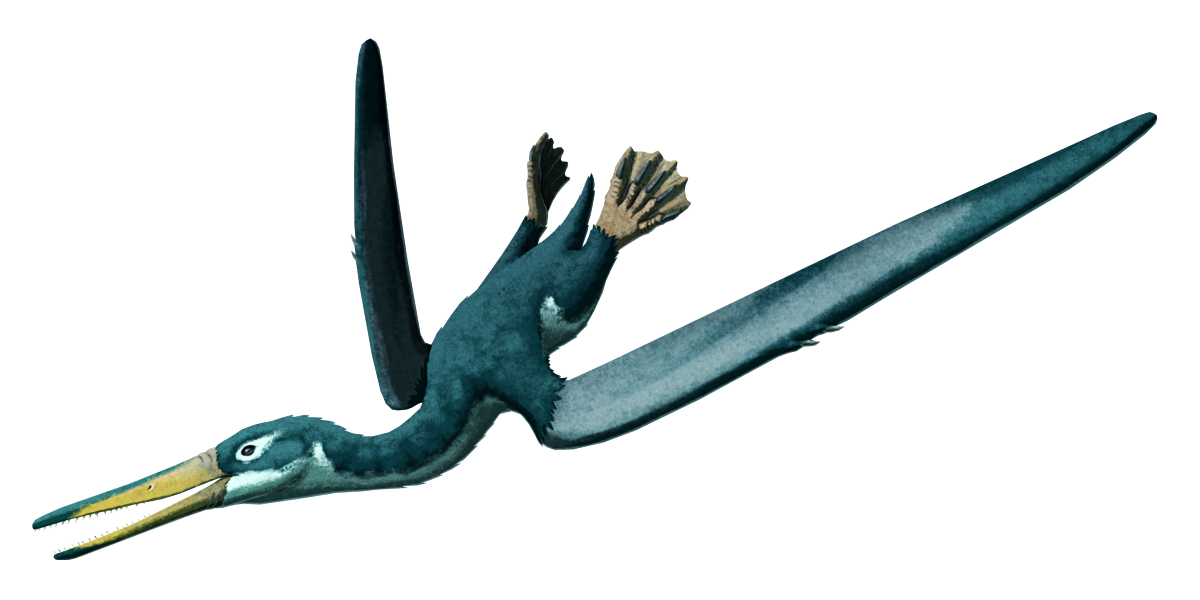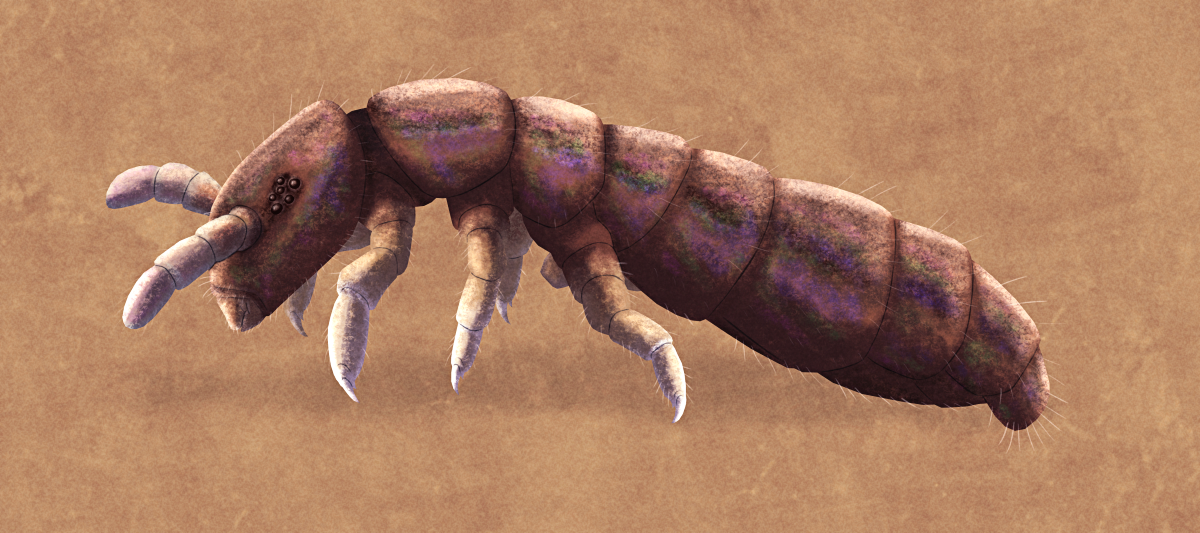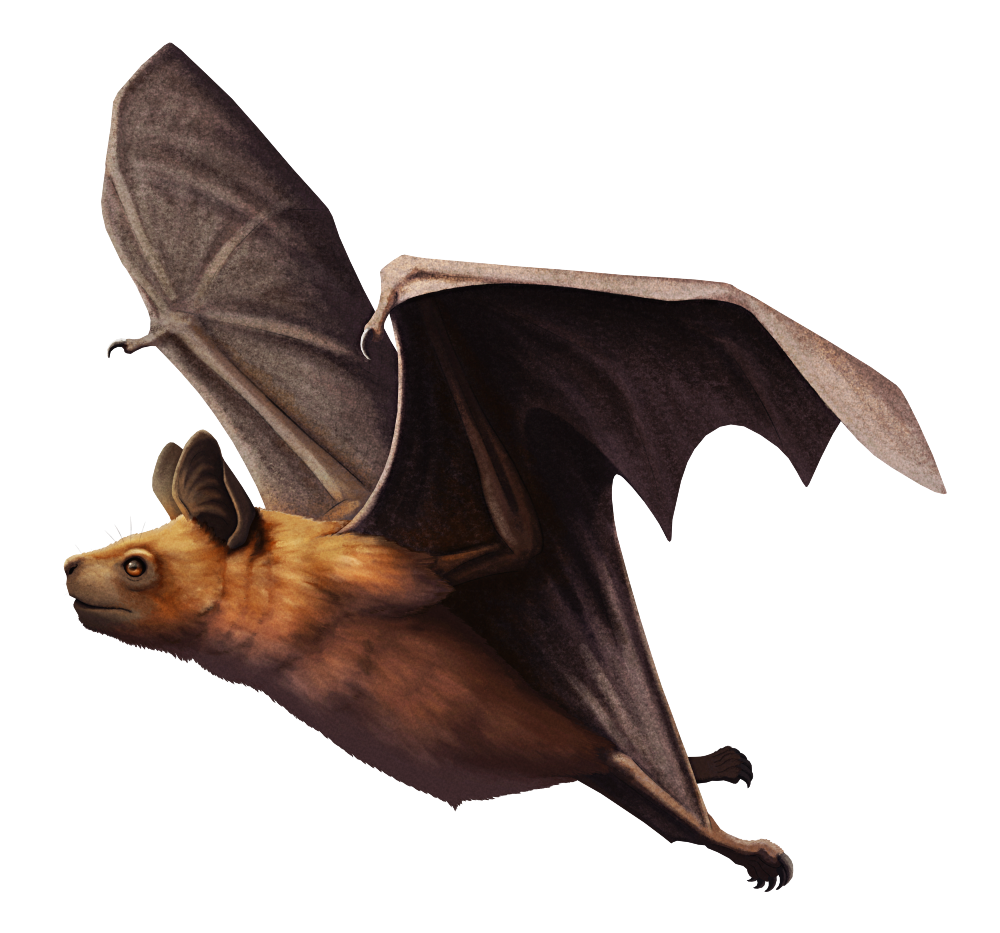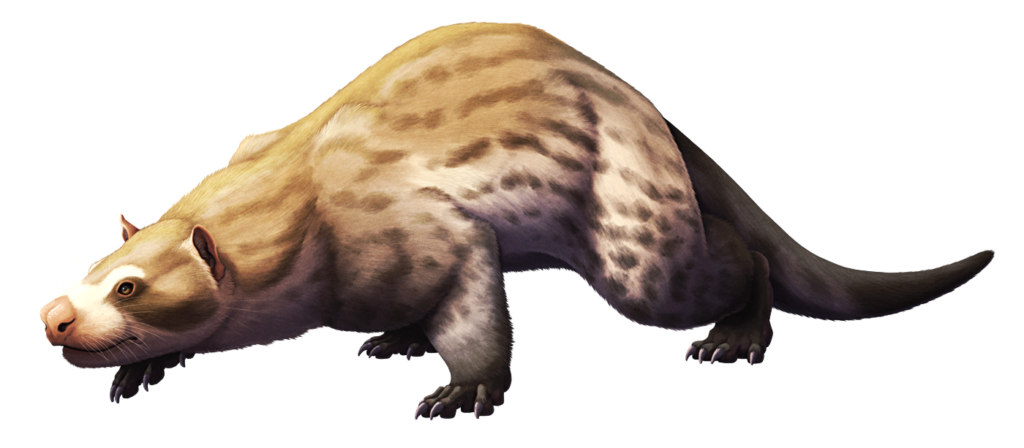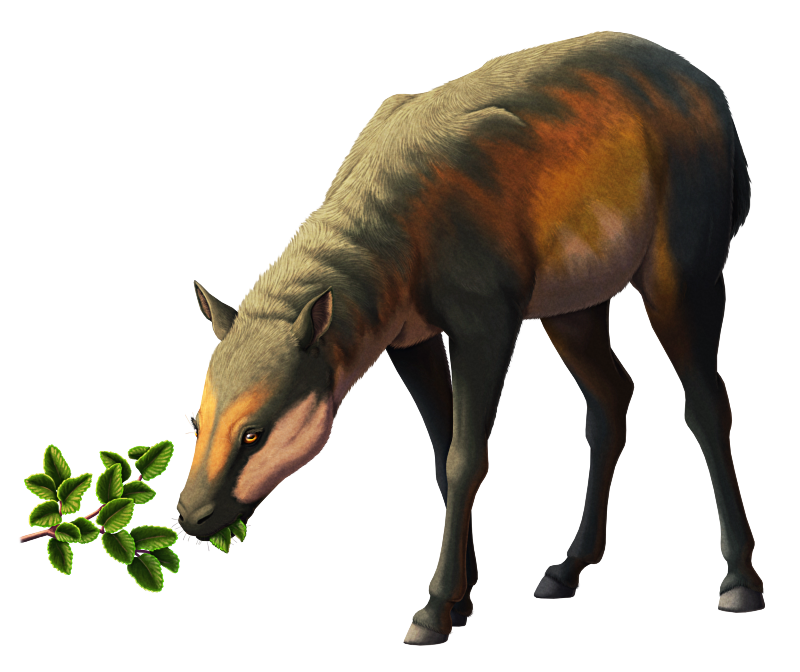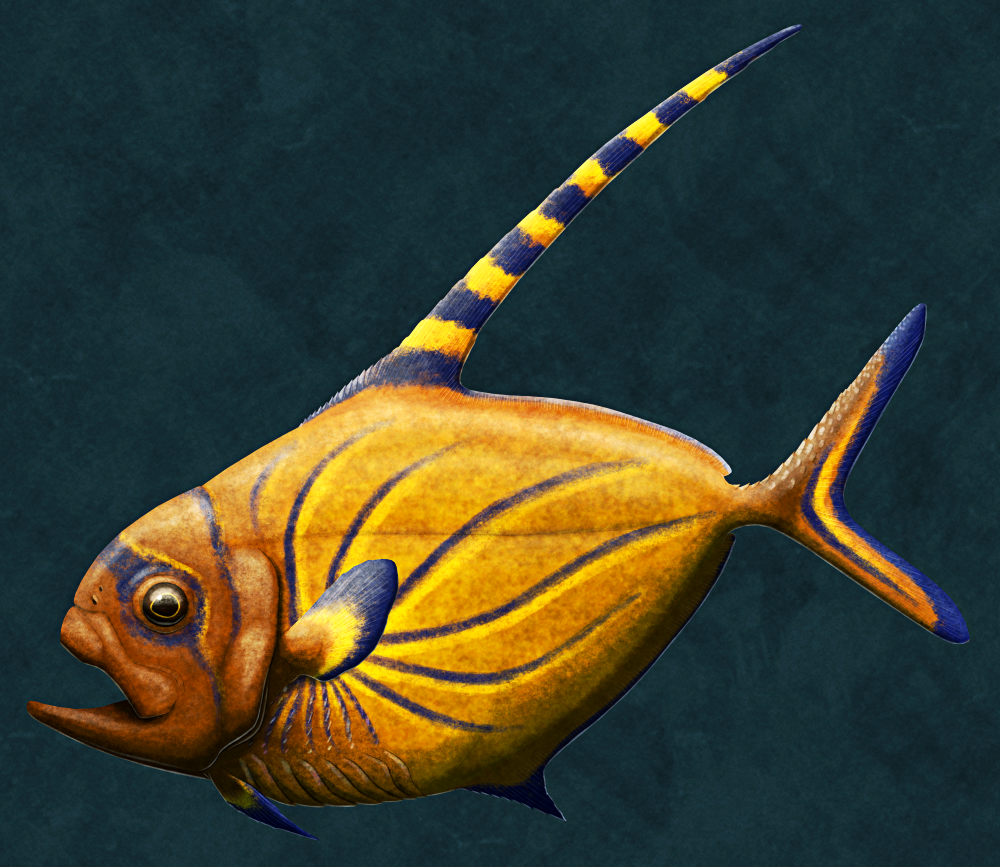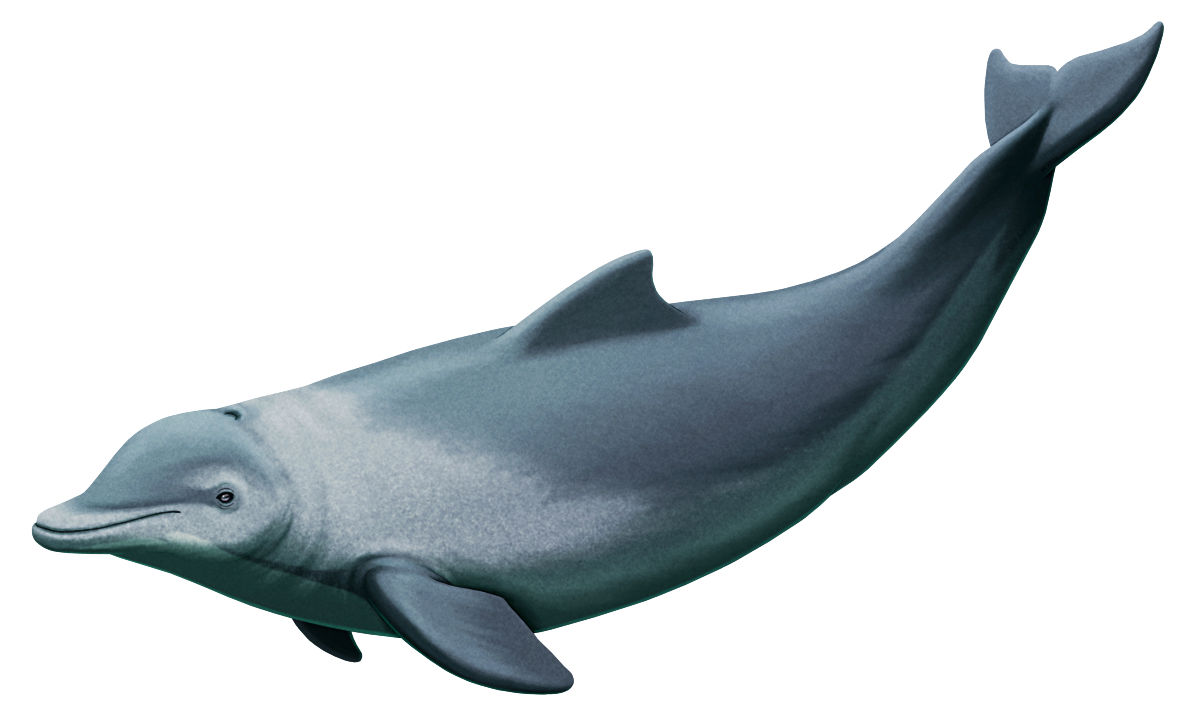Welcome to the long-overdue new version of Nix Illustration!
Pardon our dust – we’re still working on getting everything properly set up here, and also gradually importing in multiple years’ worth of archived content from tumblr.
Please note that unless otherwise stated, all original non-commissioned work here is published here under a Creative Commons Attribution-NonCommercial license (CC BY-NC 4.0) – you are welcome to use images for non-profit , educational, or personal purposes, provided you credit me and give proper attribution.
Please contact via email (mail@nixillustration.com) to inquire about commercial image licensing or custom commission work.
In the meantime, you can find more complete selections of work at any of these places:
Tumblr | Twitter | Patreon
Current archive status:
–posts from pre-2018 still in progress

